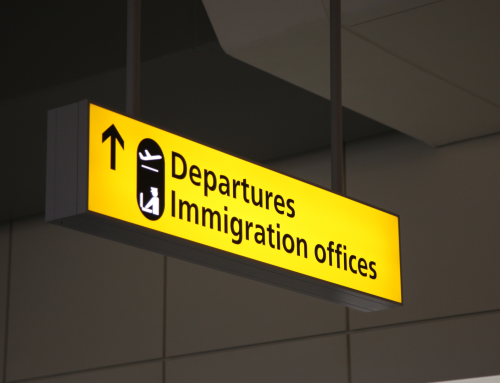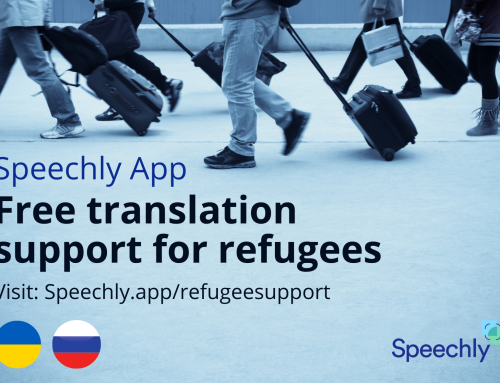When was the last time you were in a transit hub abroad, and were unable to communicate with local staff? It can be a deeply disorienting and stressful experience. What if you miss your flight, bus, or train? How do you get to your destination? How much is it all going to cost?
If you are a native English speaker, there’s usually a good chance you’ll be able to get by. But for billions of tourists, business travellers and cross-border workers, language barriers at transit hubs can be a real nightmare.
A lack of proficiency can even be a barrier for migrants who are settled in a country where they don’t speak the language so well. Studies have shown that low levels of English proficiency mean older migrants in the USA use public transport less than they’d like.
Overcoming this problem has long been a challenge for the customer service departments at public transport organisations. While you might be able to get brochures translated into various foreign languages, there’s almost no way for staff at transport hubs to communicate easily with people who don’t share a language with them.
That is, until now.
Technology is currently revolutionising translation and interpretation in many industries, and has huge potential for transport companies. Let’s see how.
Introducing Tala: a smart translation and interpreting technology
Tala is an artificial intelligence-powered translation tool that can be easily deployed in public transit hubs. Accessible as a smartphone app or via a smart speaker, the technology is intuitive and easy to use.
Customer service staff, ticket inspectors, ticket office staff and other employees simply speak into Tala in English (or another language), then Tala instantaneously translates their voice recording and produces an audio file in the traveller’s language (45 global languages are currently supported). The traveller or tourist then replies in their language and Tala translates back into English.
The technology is significantly more nuanced than free online translation tools, is more accurate, and requires no typing or reading.
Brochure: Download our Tala guide for mass transit
How Tala helps travellers and staff at transit hubs
Tala is highly flexible and can be used in almost any scenario where transport staff need to communicate with passengers who don’t speak the same language as them. So long as you have an internet connection, Tala can interpret for you. Here are just some of the scenarios where Tala can help.
The confused tourist
A tourist from Japan is visiting Edinburgh and wants to find out how he can visit the Highlands. In the past, station staff might have handed him a basic guide translated into Japanese, but this information could be out of date, and may not answer his specific questions.
By using Tala, the tourist can talk to staff at the information desk about which towns he’d like to visit, find out about the fastest or most scenic routes, how much the journey will cost, as well as any special discount rates. All of this means this tourist gets much more from his visit to the region.
A sick traveller
A Uruguayan traveller has been taken sick at a UK airport. She speaks little English, and is struggling to express herself. Airport staff can’t work out whether or not they should call an ambulance, especially as they don’t even know what’s wrong with her.
However, if the staff could open up Tala on their mobile phones, they could quickly speak to her in Spanish and find out how to help.
Travellers to a major sports event
It is the evening of big football match, and thousands of supporters of an Italian football side have turned up to cheer on their club in an English city. Many of these fans need help with directions to the stadium, accommodation, or information about onward travel when they arrive at the airport and at train stations – but this isn’t easy when many of them speak little English
However, if transit staff have access to Tala, they can give the travellers clear directions, avoid congestion inside terminals while the fans figure out their route, and save them time.
At the border: Tala for border force staff
Benefits of using interpretation software at transport hubs
As the use cases described above show, providing mass transit staff with easy-to-use interpretation tools provides multiple benefits:
- Provide personalised directions, information and advice to foreign travellers
- Leave customers with a positive perception of your services
- Encourage greater use of public transit among foreign travellers and migrants
- Give travellers greater confidence that they are on the right train, bus, or that they’re in the right part of an airport
- Smooth passenger flows and avoid congestion caused by lost or confused travellers
Try Tala today
Tala has a wide range of applications in the public transport industry, and can make the experience of using your services simpler and less stressful for travellers who don’t speak English fluently. To learn more about Tala, or to see it in action, contact us today.




